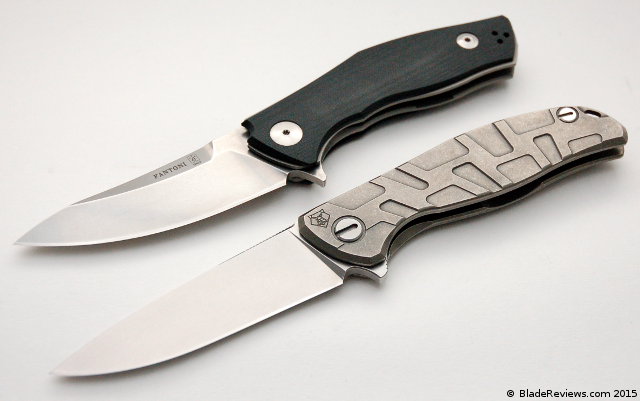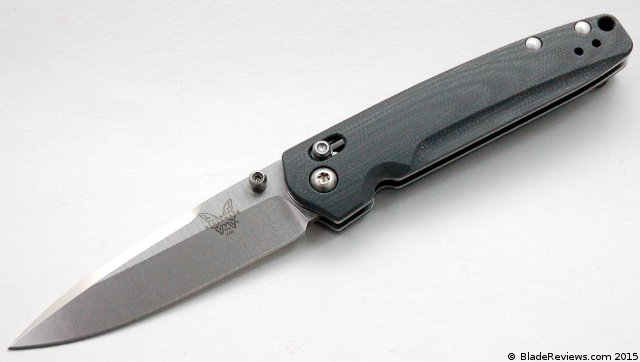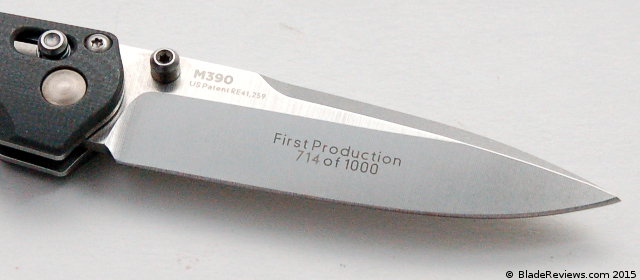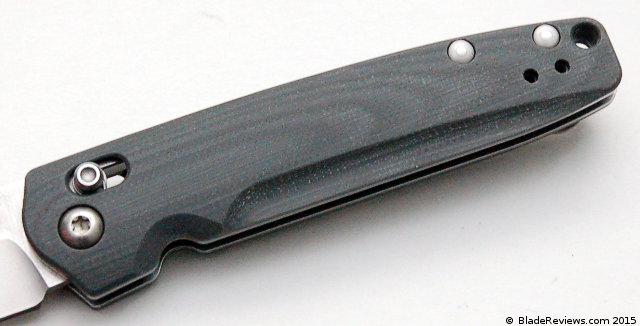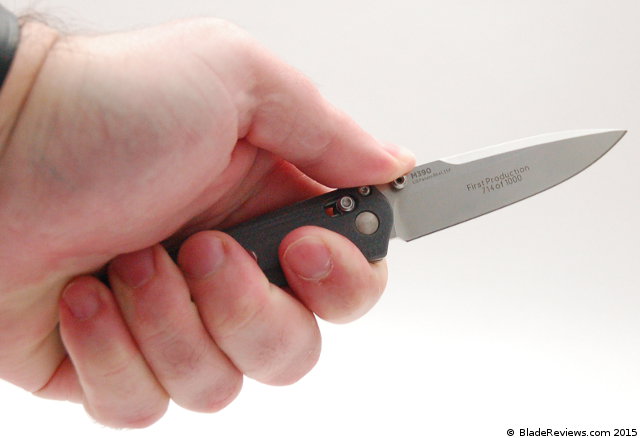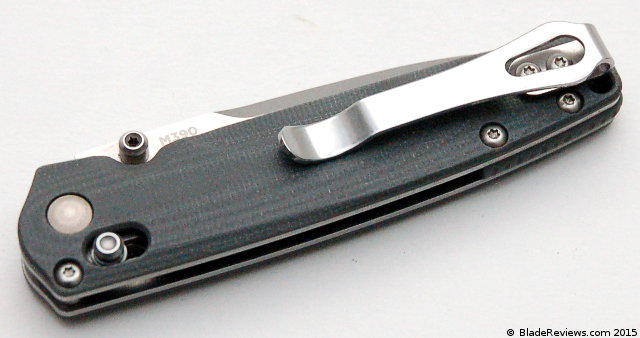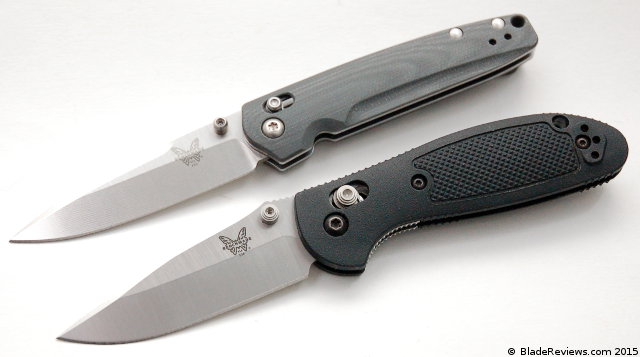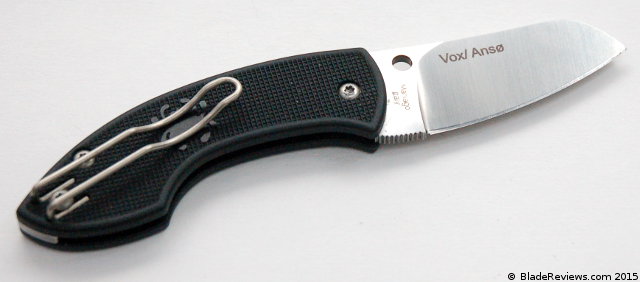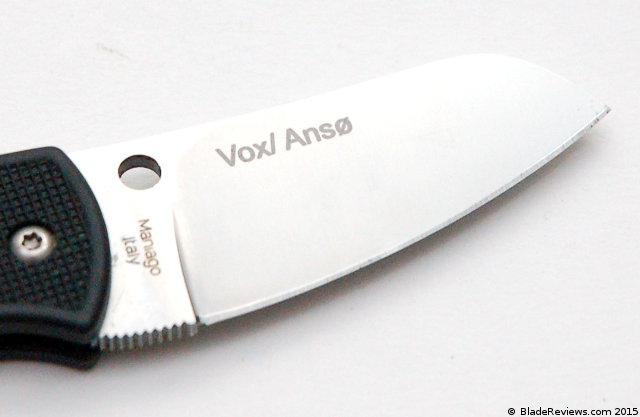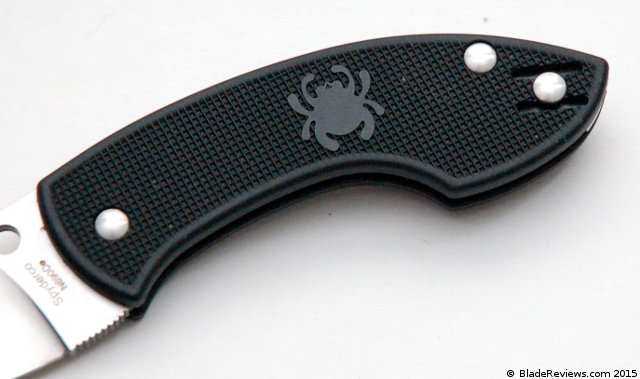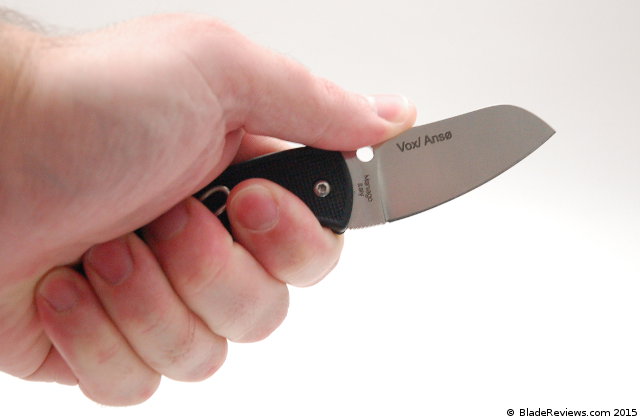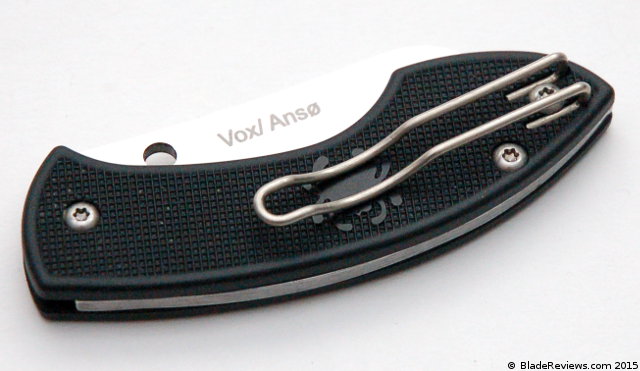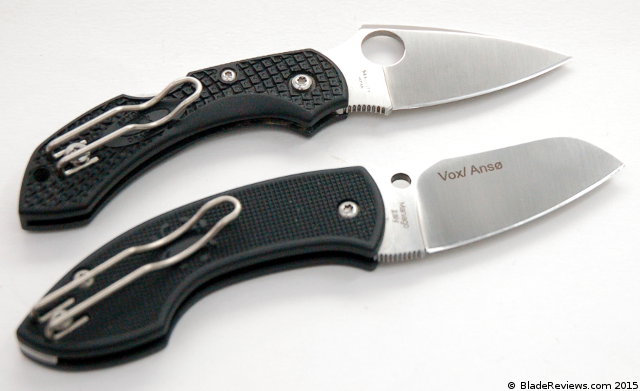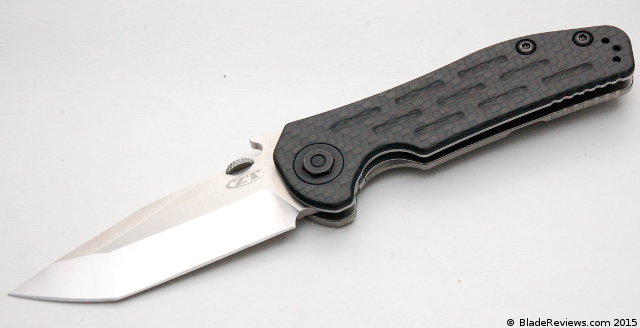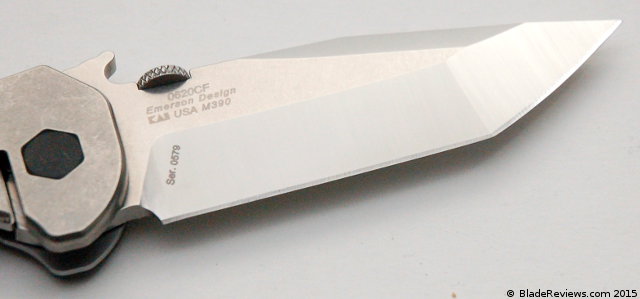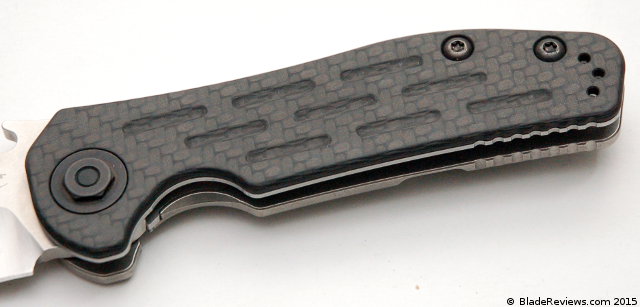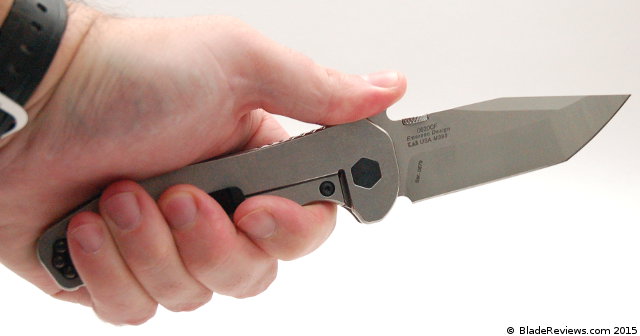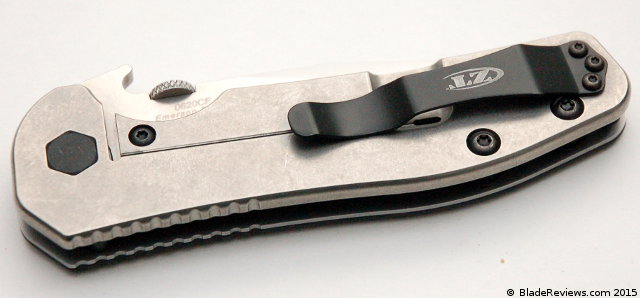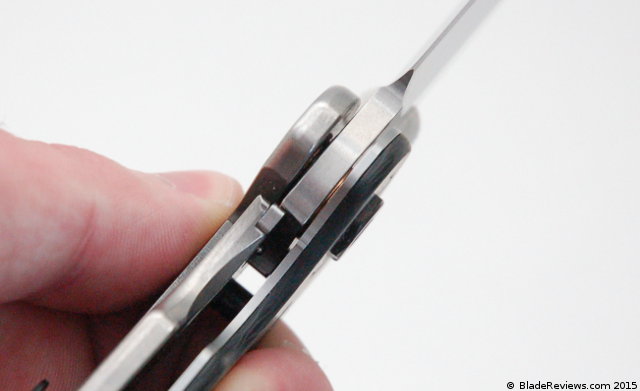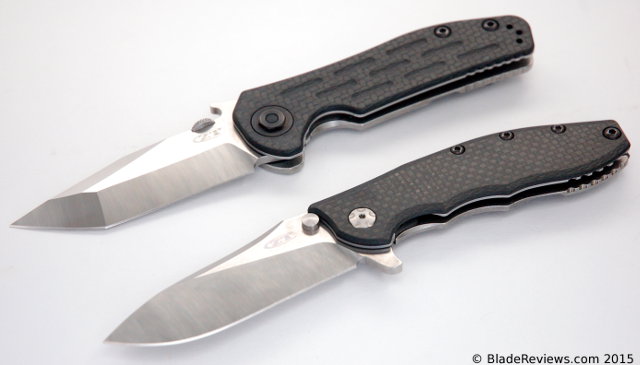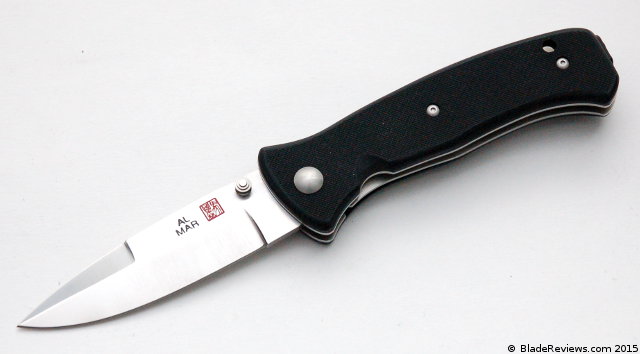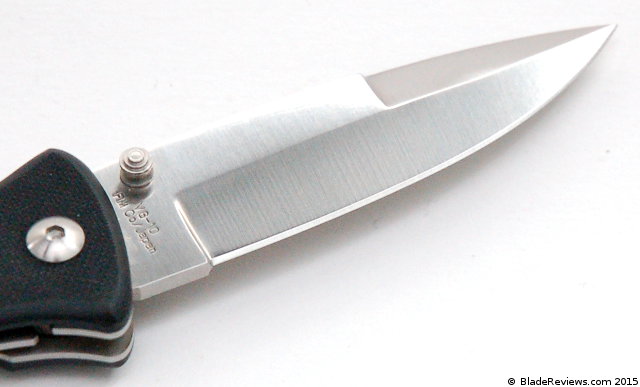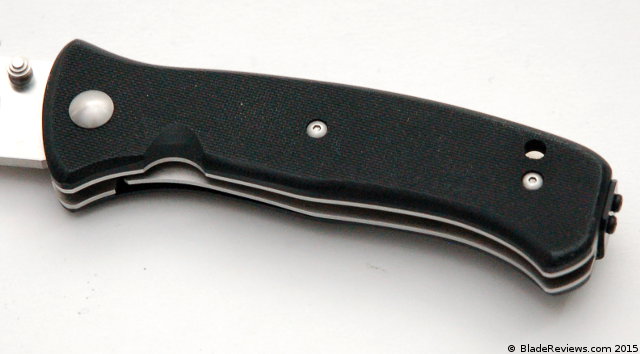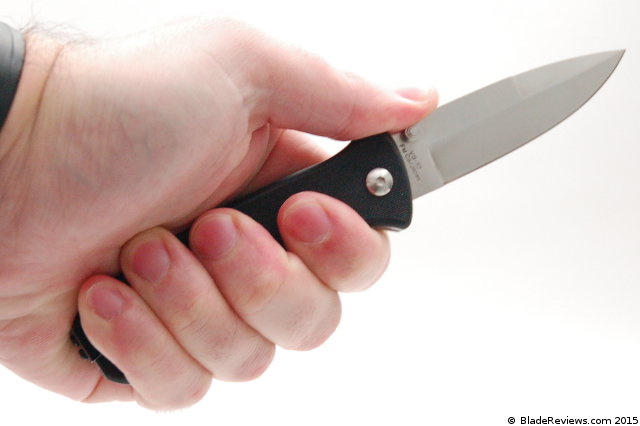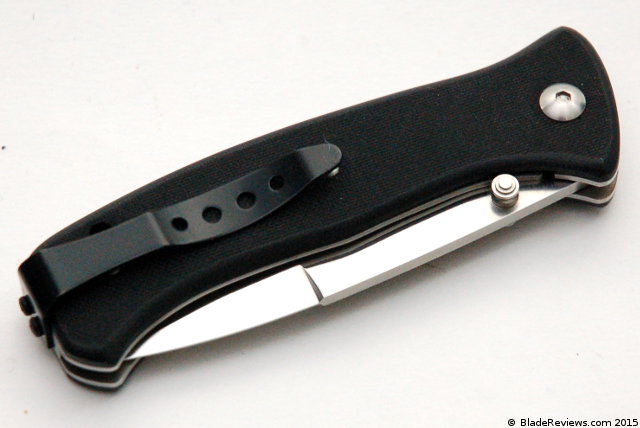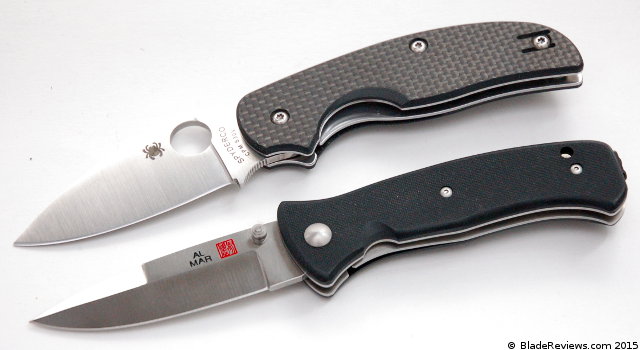I have had folks occasionally confess that they live vicariously through my reviews of high end pocket knives. I have handled some nice stuff over the years, but for the most part my wallet and I have been able to resist the renaissance of mid tech and custom knives. This is despite the deluge of eye candy on Instagram, which seems to suggest that everyone acquires $750+ knives and $100 titanium bottle openers at the same rate I buy a loaf of bread and some eggs at the grocery store. Well, I finally gave in, joined the masses, and grabbed this Shirogorov 95t.
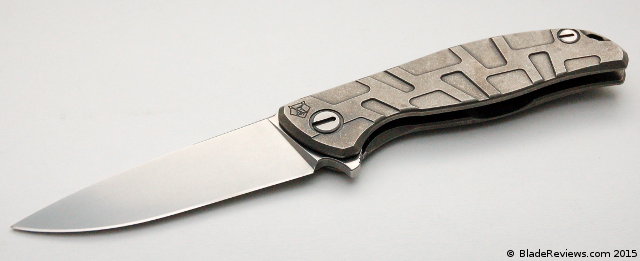
Buy the Shirogorov 95t at BladeHQ
But this didn’t happen overnight. I have lusted after a Shirogorov for several years before eventually getting one. I actually had the chance to buy one directly from the maker at the 2014 Blade Show. I was one of the few to get their ticket called in their lottery. The problem was the knives started at $1,000+, which was more than I was willing to spend. I scored this gently used 95t off the forums while recording an episode of Gear Geeks Live.
For those unfamiliar with the maker, Shirogorov is a Russian knife company operated by the Shirogorov brothers. There isn’t a ton of info on the company (at least in English), but this is a growing manufacturer focusing on high end production and custom knives. They might be categorized as pioneers in the recent trend of high end production knives coming out of Russia and Asia. They are known for sleek designs, fanatical attention to detail, and exceptional fit and finish.
The 95 is one of their more popular models, and the 95t is a full titanium handled version with their signature “turtle” pattern (hence – a 95 “t”). This review has been a long time coming, and I’m pleased to finally be able to share some thoughts on this exclusive knife.
General Dimensions and Blade Details
The 95t has an overall length of 8.75″, a 3.75″ blade, and it weighs 5.2 ounces. This is a large knife, and is not well suited for my style of every day carry (EDC). To me this is more of a self defense knife or large utility knife. Given how expensive it is, it has largely remained a collectible for me, but I did carry and use it a little. Mostly for purposes of putting this review together.
The 95t’s drop point blade is about as simple of a shape as you can get. Just 3.75 inches of flat ground and lightly tumbled steel. Of course, the devil is in the details, and the 95t has some nice ones on its blade. The edges have been slightly chamferred up by the jimping and the plunge lines are very clean. I wasn’t able to examine the factory edge on this particular knife (the previous owner attempted to sharpen the knife on a [easyazon_link asin=”B006WRH198″ locale=”US” new_window=”default” nofollow=”default” tag=”brdfkdfk-20″ add_to_cart=”default” cloaking=”default” localization=”default” popups=”default”]Wicked Edge[/easyazon_link]), but as it stands it cuts very cleanly. The finish is very fine and the knife glides through cardboard.
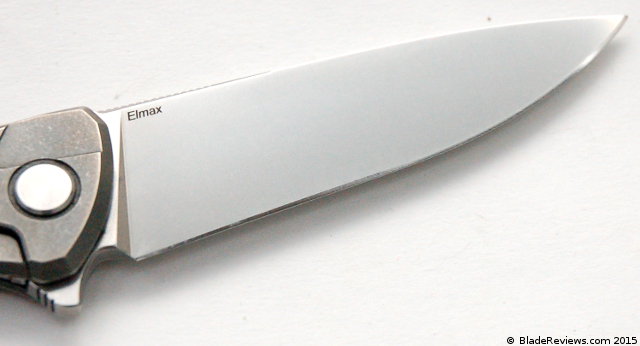
My 95t came with Elmax steel for the blade. Elmax is a higher end stainless steel by Bohler Uddeholm. Shirogorov offers the Model 95 with several other blade steels as well, including S30V. I’ll be the first to confess that this 95t has not been a real heavy “user” for me. First of all, at $700+ I have plenty of less expensive knives to beat up on, and secondly, with a near 4″ blade the 95t is well outside my normal range for daily carry – even on evenings and weekends when I’m not working in an office. I will say the 95t tracks through paper effortlessly, and opens boxes with the best of them. Anecdotally, the full flat grind and finely finished blade seemed to aid with slicing performance.
Handle, Egonomics, and Pocket Clip
The 95t has a full titanium handle. As previously mentioned, this particular model has Shirogorov’s signature “tortoise shell” design carved into it – hence the 95t. The handle really is a thing of beauty. The titanium has been masterfully milled. The edges are contoured and the single stand off is sunk into the titanium frame. There are a number of nice details to explore, from the “channel” behind the flipper tab for your finger to fall into, to the polished edges of the custom hardware. Speaking of custom hardware, while the slotted hardware is pretty, it easily mars if you try to adjust the pivot or remove the clip. The titanium itself has been given a thorough tumbling. This helps hide wear and contrasts nicely with the bright stainless blade and accents.
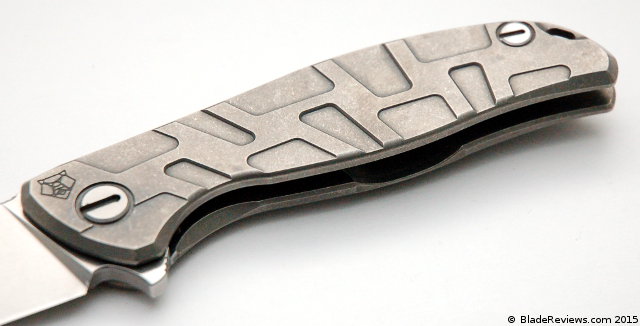
The 95t is a large folding knife and it feels very good in hand. There are no sharp edges to speak of, save the cutting edge of course, and the simple handle shape allows your fingers to fall in place. There is a short run of jimping on the spine which reminds me a little of a Sebenza, but isn’t quite as sharp. The turtle pattern provides some additional traction without being overbearing, and the stonewashed titanium has a texture of its own. This simple handle will fit most people well.
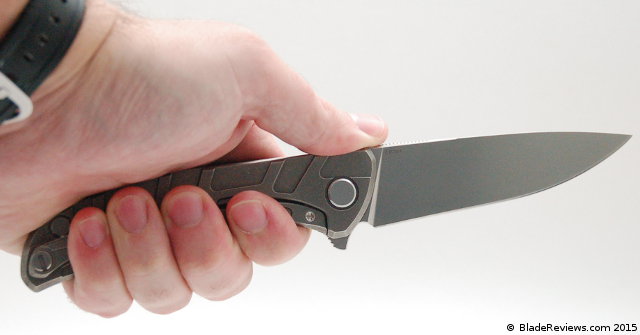
The pocket clip is a 3-D machined piece of titanium, and is a miniature work of functional art in its own right. Drilled and tapped for right side tip up carry only, the clip compliments the lines of the knife. It also works well, affording secure and reasonably deep carry. The pommel just peeks out over your pocket when in place. The 95t is a large knife, but carries nicely considering. It has some heft to it, but isn’t over the top heavy. It carries well for its size.
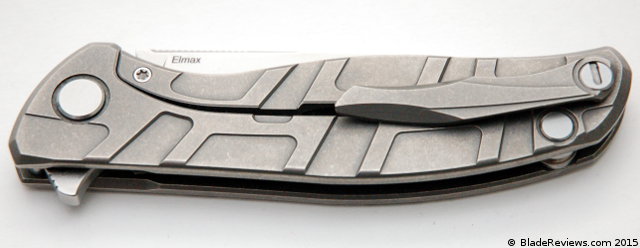
Deployment and Lockup
The 95t flips fantastically. While it isn’t as much of a rocket launcher as the Zero Tolerance 0454, it’s still a pretty damn good flipper. The action is crisp and the blade kicks open easily with the push of a finger. My particular knife runs on a single row bearing system, however, I know that Shirogorov also offers knives in a fabled multi row bearing system (MRBS). I have never handled one of their MRBS knives, so I can’t comment on that feature. I can say this single row bearing knife is very smooth. The blade shoots open and falls closed easily.
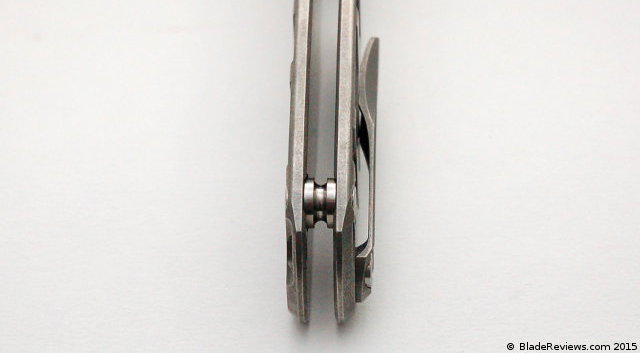
For lockup we have a frame lock with a steel insert. Lockup is early and extremely solid. There is no play in any direction, and the lock is easy to disengage. Blade centering is perfect.
Shirogorov 95t Review – Final Thoughts
I have had the privilege of checking out some damn cool stuff over the years. So far I have largely resisted the temptation to venture in to mid tech and custom knife territory, but the Shirogorov was too hard for me to resist. I am very happy I got a chance to check this knife out. It’s beautiful and amazingly well executed. Every aspect of the knife has been meticulously considered, and the end result speaks for itself. This is one heck of a knife, and if you have the money and desire to own one, I do not think you will be disappointed.
Here is a shot of the 95T next to another beautiful knife, the Fantoni CUT Flipper:
I won’t deny that this is an expensive piece. I am unsure what these retail for exactly, as they don’t stay on the retail market for long. I would guess anywhere from $750 to $1000. Either way you are paying a lot of money for this knife. So certainly this is not a knife anyone “needs”. I’ll never be able to answer for you whether it is “worth it”. Only you can make that decision. When I compare the 95t to a large Sebenza or a Hinderer XM-18, I think you are getting something more for your money. I’d have a hard time deciding between this and the ZT 0454, but I think the 95t is made just a little bit better.
I usually sell off many of the expensive knives that land in my collection. I’m not made of money and I need to do this to check out new stuff. I have been sitting on this 95t for at least 6 months now. I think the fact that I have stalled writing this review for so long says a lot. I am having a hard time letting it go, and just might convince myself to keep it. As someone who has had a lot of knives pass through his hands that’s about as glowing of an endorsement as I can offer.
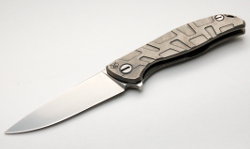
Shirogorov 95t
From: BladeHQ
Occasionally Shirogorov knives find their way to BladeHQ, and I recommend purchasing them there. Please consider that purchasing anything through any of the links on this website helps support BladeReviews.com, and keeps the site going. As always, any and all support is greatly appreciated. Thank you very much.
